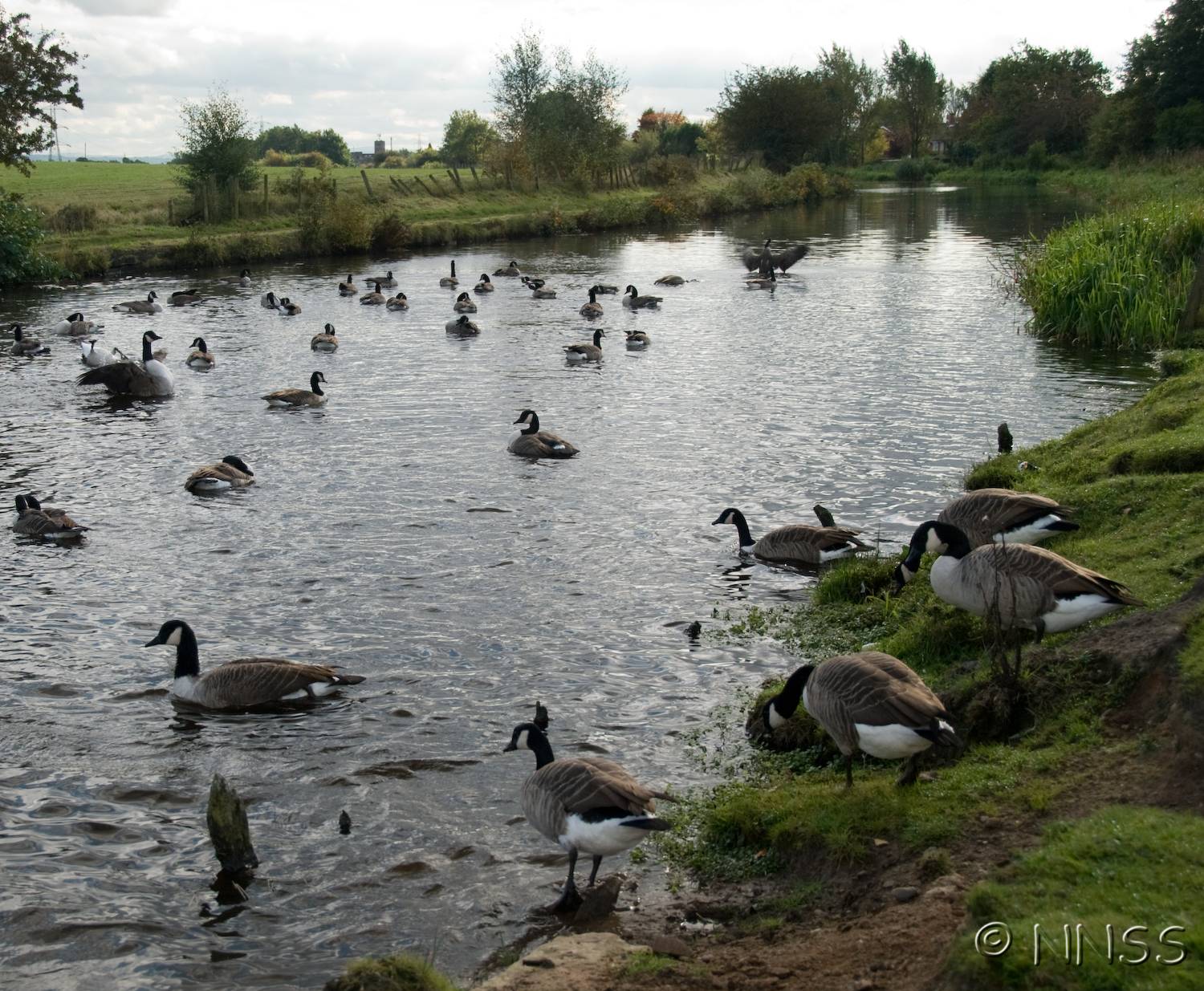
Canada Goose - Branta canadensis
Expand and collapse the sections below by clicking on the title or + / - icons.
Short description of Branta canadensis, Canada Goose
This goose shows unusual variation in size and plumage detail, but all birds are mainly dark brown, with a black head and neck and a band of white across the cheeks and throat. The bill and legs are blackish.
Impact summary: Branta canadensis, Canada Goose
Concentrations of these large birds can cause nuisance by fouling parklands, damaging riverbanks, polluting water and, especially near airfields, posing a risk to aviation.
Habitat summary: Branta canadensis, Canada Goose
These are birds of still and slow-flowing fresh waters that also graze on nearby fields. They are a familiar bird in amenity areas in many urban centres.
Overview table
| Environment | Terrestrial and Freshwater |
|---|---|
| Species status | Probably non-native |
| Native range | Western Canada, Eastern Canada, Northwestern U.S.A., North-Central U.S.A., Northeastern U.S.A., Yukon, Greenland, Alaska United States |
| Functional type | Herbivore |
| Status in England | Probably non-native |
| Status in Scotland | Probably non-native |
| Status in Wales | Probably non-native |
| Location of first record | St James's Park |
| Date of first record | 1702 |
Origin
Canada geese are very widely distributed across their native range in North America, from Alaska to West Greenland southwards across Canada and the USA. They are winter visitors to southern-most USA and northern Mexico, and vagrants to Central America, the Caribbean, western Europe and eastern Asia.
First Record
Canada geese were first introduced to St James’s Park in London in 1665 (or earlier), beginning a fashion for wealthy landowners to import this species as an ornament to park lakes. They have been established since at least 1731.
Pathway and Method
New importation from North America, and translocations within GB, were the main sources of Canada geese in GB for more than 200 years. Since then, there has been a slow natural spread, aided by further translocations, which has accelerated greatly in recent decades.
Species Status
As recently as 1953 there were fewer than 4000 birds in GB, in isolated groups. But by the late 1980s there were more than 50,000. The GB population increased at a rate estimated at 9.3% per annum between 1988–91 and 2000, with no sign of the rate of increase slowing, raising the population to around 89,000. Further non-native populations are scattered across Europe from Ireland to Finland and the Ukraine, and are found also in New Zealand.
Dispersal Mechanisms
Canada geese are mostly migratory in the native range but GB birds show no southward tendency in winter. Some birds in central England established a moult migration to northern Scotland. Ring recoveries show considerable interchange between sites and have also linked GB populations with those in the Faeroes, Norway, Sweden and even western Siberia.
Reproduction
Canada geese lay a single clutch of 5–7 eggs. They vigorously defend a small area around their nest against predators, threatening and even attacking human intruders. Chicks from neighbouring nests may form large crèches, guarded by their parents or other adults.
Known Predators/Herbivores
The species has few predators. Adults occasionally fall victim to foxes.
Resistant Stages
None known.
Habitat Occupied in GB
Flocks of Canada geese can be expected around any fresh water body in GB, especially where there are suitable grazing sites. Urban and suburban as well as rural sites are occupied.
Canada geese occur in all regions of GB but are scarce or absent from upland and more northerly sites.
Environmental Impact
Introduced geese are heavy grazers of aquatic and waterside vegetation, and their droppings can increase nutrient levels in water bodies and soils. Trampling and the addition of nutrients can change the composition of plant communities, especially where grazing is intense.
Health and Social Impact
There is considerable concern that the presence of so many large birds in close association with people, for example in urban parks, may be a health hazard. Canada geese are suspected of transmitting Salmonella to cattle. The presence of slippery droppings can be a nuisance, especially on paths, playing fields or golf courses, as can possible aggression from nesting adults. Bird strikes involving Canada geese have caused human deaths and injury as well as damage to the environment and loss of or damage to aircraft.
Economic Impact
Canada geese may graze on farmland at any season, occur very widely, and may feed in areas that would be shunned by wild geese. Their grazing and trampling may cause major damage to grassland and crops. Birds climbing out from the water to graze make shallow, well-trodden paths that can damage flood defences and accelerate bankside erosion.
Identification
Svensson, L., Mullarney, K. & Zetterström, D. (2010) Collins Bird Guide. Second edition. HarperCollins, London.
BirdLife International fact sheet
Biology, ecology, spread, vectors
Austin, G.E, Rehfisch, M.M., Allan, J.R. & Holloway, S.J. (2007) Population size and differential population growth of introduced Greater Canada Geese Branta canadensis and re-established Greylag Geese Anser anser across habitats in Great Britain in the year 2000. Bird Study, 54, 343–352. Abstract
Balmer, D.E., Gillings, S., Caffrey, B.J., Swann, R.L., Downie, I.S. & Fuller, R.J. (eds) (2013) Bird Atlas 2007–11: the breeding and wintering birds of Britain and Ireland. BTO Books, Thetford.
Lessells, C.M. (1985) Natal and breeding dispersal of Canada geese Branta canadensis. Ibis, 127, 31–41.
Rehfisch, M.M, Austin, G.E., Holloway, S.J., Allan, J.R. & O’Connell, M. (2002) An approach to the assessment of change in the numbers of Canada Geese Branta canadensis and Greylag Geese Anser anser in southern Britain. Bird Study, 49, 50–59.
Management and impact
Allan, J.R. (1999) The management of problems caused by Canada Geese: a guide to best practice. DETR, Bristol.
Allan, J.R., Kirby, J.S. & Feare, C.J. (1995) The biology of Canada geese Branta canadensis in relation to the management of feral populations. Wildlife Biology, 1, 129–143.
Baker, S.J., Feare, C.J., Wilson, C.J., Malam, D.S. & Sellars, G.R. (1993) Prevention of breeding of Canada geese by coating eggs with liquid paraffin. International Journal of Pest Management, 39, 246–249.
Banks, A.N., Wright, L.J., Maclean, I.M.D., Hann, C., Mellan, H.J. & Rehfisch, M.M. (2009) Review of the status of introduced non-native waterbird species in the area of African–Eurasian Waterbird Agreement: 2007 update. Research Report 489. BTO, Thetford.
Baxter, A.T. & Robinson, A.P. (2007) Monitoring and influencing feral Canada goose (Branta canadensis) behaviour to reduce birdstrike risks to aircraft. International Journal of Pest Management, 53, 341–346.
Bönner, B.M., Lutz, W., Jäger, S., Redmann, T., Reinhardt, B., Reichel, U., Krajewski, V., Weiss, R., Wissing, J., Knickmeier, W., Gerlich, W.H., Wend, U.C. & Kaleta, E,F. (2004) Do Canada geese (Branta canadensis Linnaeus, 1758) carry infectious agents for birds and man? European Journal of Wildlife Research, 50, 78–84.
Castelli, P.M. & Sleggs, S.E. (2000) Efficacy of border collies to control nuisance Canada geese. Wildlife Society Bulletin, 28, 385–392.
Conover, M.R. (1991) Herbivory by Canada geese: diet selection and effect on lawns. Ecological Applications, 1, 231–236.
Converse, K.A. & Kennelly, J.J. (1994) Evaluation of Canada goose sterilization for population control. Wildlife Society Bulletin, 22, 265–269.
Cummings, J.L., Otis, D.L. & Davis Jr, J.E. (1992) Dimethyl and methyl anthranilate and methiocarb deter feeding in captive Canada geese and mallards. Journal of Wildlife Management, 56, 349–355.
Eriksson, M.O.G. & Lindberg, P. (2000) Do Canada Geese Branta canadensis affect the breeding result of Red-throated Diver Gavia stellata and Black-throated Diver G. arctica? Ornis Svecica, 10, 85–94.
Flegler Jr, E.J., Prince, H.H. & Johnson, W.C. (1987) Effects of grazing by Canada geese on winter wheat yield. Wildlife Society Bulletin, 15, 402–405.
Kassa, H., Harrington, B.J. & Bisesi, M.S. (2004) Cryptosporidiosis: a brief literature review and update regarding Cryptosporidium in feces of Canada Geese (Branta canadensis). Journal of Environmental Health, 66, 34–39.
Kirby, J.S., Haines, W.G. & Austin, G.E. (1999) Translocation of Canada Geese Branta canadensis in Great Britain. Ringing & Migration, 19, 261–271.
Rehfisch, M.M., Allan, J.R. & Austin, G.E. (2010) The effect on the environment of Great Britain’s naturalized Greater Canada Branta canadensis and Egyptian Geese Alopochen aegyptiacus. BOU Proceedings – The Impacts of Non-native Species. full text
Unckless, R.L. & Makarewicz, J.C. (2007) The impact of nutrient loading from Canada Geese (Branta canadensis) on water quality, a mesocosm approach. Hydrobiologia, 586, 393–401.
York, D.L., Engeman, R.M., Cummings, J.L., Rossi, C.L. & Sinnett, D.R. (2001) A review of the hazards and mitigation for airstrikes from Canada geese in the Anchorage, Alaska bowl. Integrated Pest Management Reviews, 6, 47–57.
General
Dickson, K.M. (ed) (2000) Towards conservation of the diversity of Canada Geese (Branta canadensis). Occasional Paper No. 103. Canadian Wildlife Service, Ottawa.
Lever, C. (2009) The Naturalized Animals of Britain and Ireland. New Holland Publishers, London.
Mowbray, T.B., Ely, C.R., Sedinger, J.S. & Trost, R.E. (2002) Canada Goose (Branta canadensis). In The birds of North America, no. 682 (eds A. Poole & F. Gill). The birds of North America Inc., Philadelphia, PA.
Spotted this species?
Distribution map
View the Distribution map for Canada Goose, Branta canadensis from NBN Atlas
Risk assessment
Risk assessment for Branta canadensis. See a full list of non-native species Risk assessments.
ID Sheet
ID Sheet for Branta canadensis . See a full list of non-native species ID Sheets.
Listen to Canada Goose

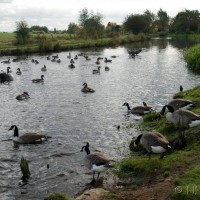
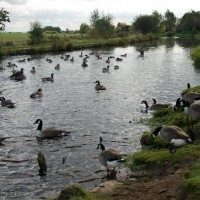
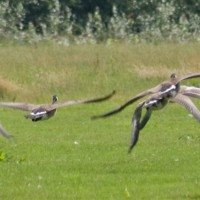
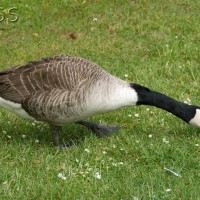
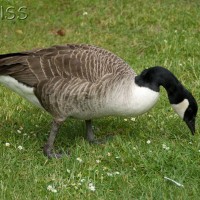
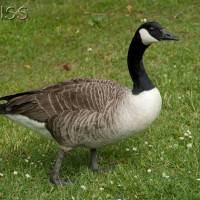
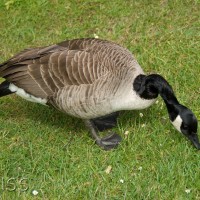
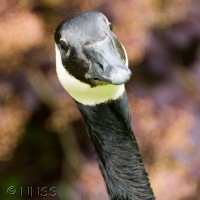
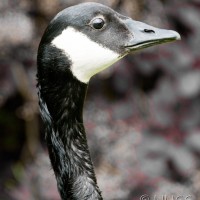
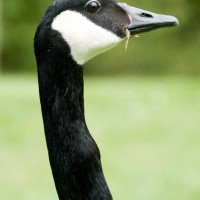
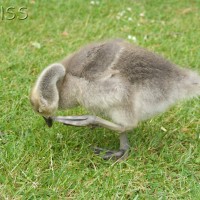
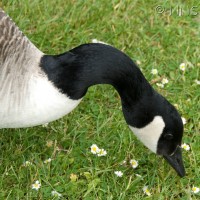
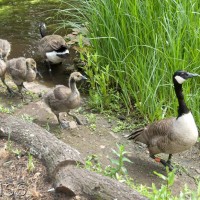
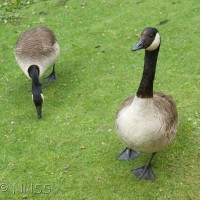
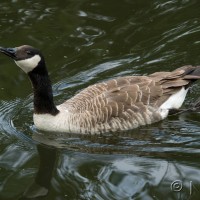
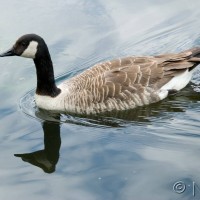
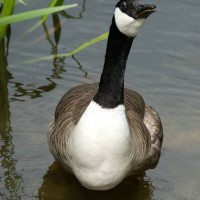
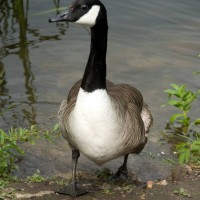
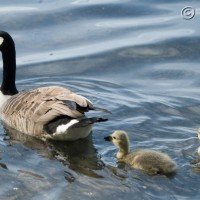
-1221__FillMaxWzIwMCwyMDBd.jpg)